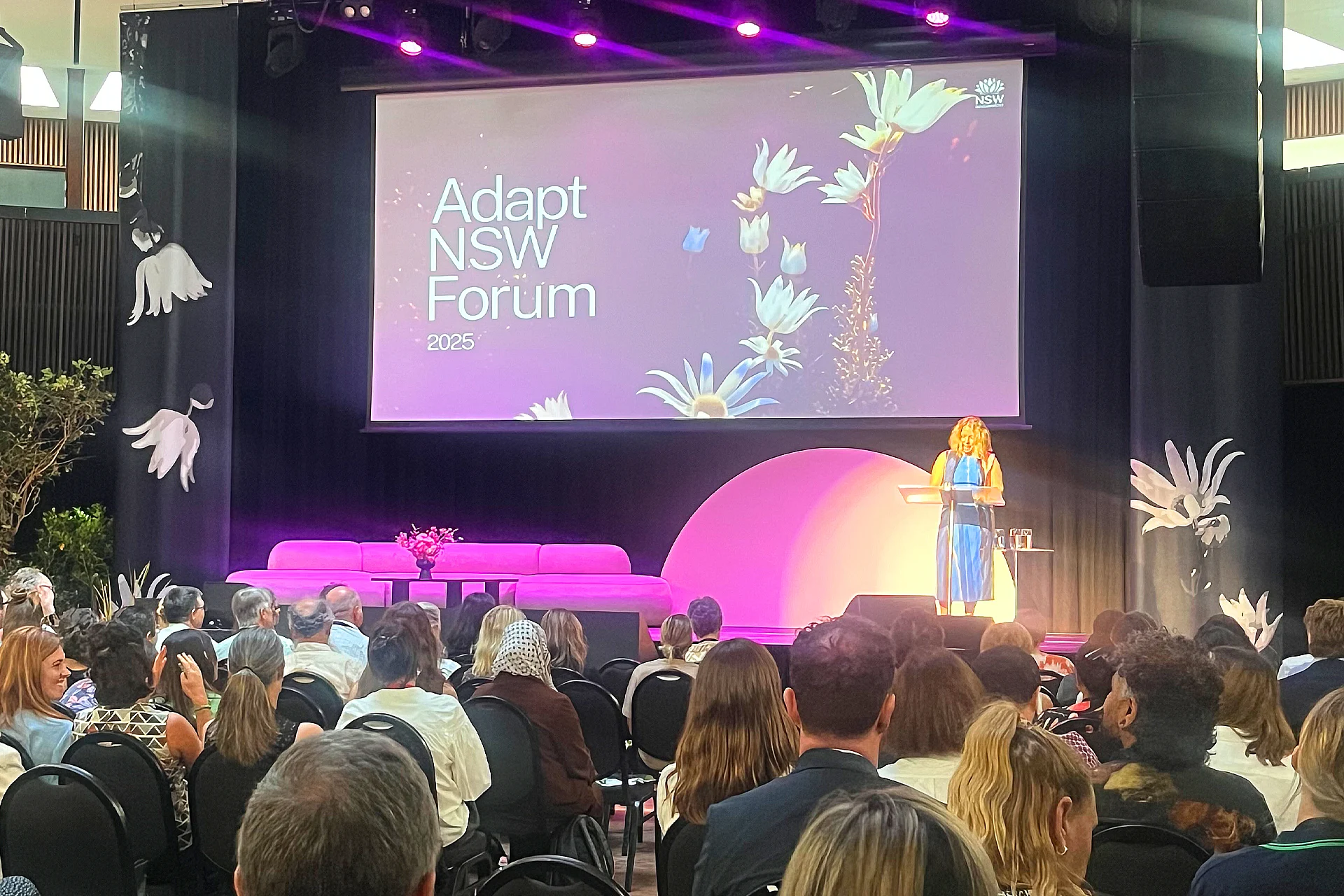We’ve noticed a lot of content lately about… Content.
There’s a reason this word is both ubiquitous and vague. Content is the flesh-on-the-bones of brand strategy and product design. It’s everywhere, in every shape and size.
Dealing with content involves everything from the brand strategy, writing and design to the systems and processes underpinning its development. Looking at one content element without the other would be a disservice to your product.
In the fewest words we can write, here’s the most we can say about our approach to content strategy and design.
Content is…
1/5
Brand strategy in action (not Brand strategy)
It’s no good having a beautiful brand and digital strategy that sits on the C-suite shelf when the time comes to designing your products and services. Yet all too often, this happens. As a result, design teams aren’t given a chance to execute a brand strategy through UX and accessibility development beyond the tone of voice.
Content has always driven the experience – it’s your brand in action.
Give brand strategy the best chance of success by embedding the brand proposition, vision, and goals through writing and content design.
2/5
For everyone (not the elite)
Digital products have completely changed the way we read and use information. Unfortunately, the rules of academic writing don’t apply to digital products and services – not even for people with high literacy skills or academic training.
In Australia, the national literacy levels (our ability to read and write) sit at a year 6 level, and globally our attention span has dwindled to around 8 seconds.
This means digital content needs to get to the point as quickly as possible using clear, simple language. But making content clear isn’t just about language. Content design considers online reading patterns, how to display key messages upfront, and accessibility. Doing this increases functionality and trust for users.
When the information flow and language match the medium and audience, it’s easy to find and scan the information you’re looking for.
As legendary Content Designer Sarah Winters has been touting for years – accessibility is usability for everyone.
3/5
Oh, I see (not SEO)
The language we use is crucial, but context is everything.
We love search data to help us understand the interest and demand from customers to help us make decisions about language and content design.
But search data is only half the story.
We can learn how your audience comprehends a problem or topic through social listening, format, and usability research to understand how people speak about, access, and consume information. These insights deliver content that meets your audiences where they are, instead of asking them to adapt to you.
4/5
Built-in (not added on)
We use a lot of words and different content types to design products and services – from website UX writing and copywriting to external communication touchpoints like emails, forms, and documents.
Someone needs to look at all this to ensure that the content is clear, consistent, and meaningful throughout the experience.
If you take a modular approach to developing each content area of a product, at some point you’ll either assume a customer’s next steps or unearth orphan content at the end of creating a product that is tacked on willy nilly, killing its value.
We can stop this from happening by taking a thorough look at the information architecture, understanding the brand and product strategy, doing a content audit, and testing content with design prototypes and comprehension testing.
5/5
A marathon (not a sprint)
Content lives beyond delivery. So, we need to understand who will be maintaining it beyond the development team. ‘Content governance’ – the business publishing processes and decision-makers for content maintenance and management – is critical design knowledge when developing a digital product or service.
Like mapping customer journeys, knowing the time, skills and resources the product’s managers and publishers have to work with is part of our content research.
It enables us to design brands and products that are fit for purpose and built to last.
Products and services aligned to the workflows of a business remain clear and consistent with the brand, the design, and its customers as the business evolves. Fit and enduring, for now and next.
At Folk, we believe that good content should be clear, champion the audience, contextualise design, and reduce double handling.
We’d be delighted to chat about any discontent you may have with yours.





